The multitudinous stars are dulling. In these moments just before dawn, Listeners stand outside under a big sky, as close to water as possible. Listeners face East and enter into the world of this audio essay: a convergence of Time and Place: a city, a remote and wild place where horizon and land meet, and deep inside the Earth. When they’re ready, Listeners hit play on their device.
.
This… is a dance for survival.
A manifesto of resurgence.
A story-seed that begins with ceremony at the water.
Four, seven, seven thousand women gather to remember what is coming.
Their bodies dream the sacred and with you—listener, audience—prophesize the future we need.
.
Turn now to face East. We begin here in the eastern doorway.
The first round of the sound-ceremony begins. A song. A dance with what was, what is, and what may yet be. Biidaaban. The light comes.
.
Biidaaban (dawn)
Let us acknowledge how “theatre” is a state apparatus that dispossesses sovereign Indigenous creative presence. Theatre as we know it on Turtle Island not only privileges white bodies and their stories in an imaginary, performative space, but it also requires bodies to re-colonize themselves in order to gain access to these spaces. This dispossession or, as Cree writer and academic Billy-Ray Belcourt calls “unbodiment of Indigeneity,” results from the way whiteness enforces a form of orientation, creating a very real risked and unsafe space, particularly for Indigenous theatre makers, performers and audiences.
While every body may have access to the same theatre or performative spaces, how each individual might be included or othered in nation-state theatre structures will be different. It’s no secret that the colonial project known as “Canada” and its theatre privileges non-racialized bodies. Indigenous and radicalized bodies are risked in theatre spaces and the presence of our bodies necessitates an absolute need to respond to these spaces differently than white bodies for whose success the structure has been designed for.
Gdi-nweninaa (listening with our whole bodies)
Who is “other” and “othered” in theatre spaces is largely shaped by white supremacist ideologies along with the cultural politics of emotion, which is my way of noting who is allowed to feel, express, emote, utter; meaning, some bodies are marginalized while others are included and ensconced within a locus of heteropatriarchal normativity and coloniality. Viewing one’s self through a veil of whiteness and embodying it produces a fallacious consciousness. This reimposes colonial standards of self-evaluation, threatens Indigenous knowledge systems, and obliterates pathways to connectivity. The settler gaze on Indigenous bodies leaves us hidden in plain sight.
Dibaajimowinan (stories)
In order to survive or become successful in theatre environments, Indigenous theatre artists must, among other things, code shift; adapt notions of time, story structure, hierarchy, and language; relinquish matrilineal and ancestral agency; embody archaic Indigenous tropes; and/or erase our otherness by “playing white.” To what extent is it possible to decolonize theatre in “Canada” by raising critical consciousness and relationality between heart, mind, and soul? Is change possible without further displacement, possession, or dispossession of an other?
Time is tender. It lives in all of us as we enact the stories of our inheritance, past and future. We seek what we want often at the expense of what we need. Our hunger is insatiable. We lay claim to what is not ours. We are small inside our potential, beside what we think we know. To be human is to be humble. To be awake is to be lost. There are no guarantees, only the stories we tell ourselves.
.
Turn now to face South. We are here at the southern doorway.
The second round of the sound-ceremony begins. A song. A dance with what was, what is, and what may yet be. Biidaaban. The light comes.
.
Aanjigone (people being responsible for themselves)
Our survival as Indigenous people has always been radical, but if we are going to embody ceremonial space in performance practices, any future story bundles must be resurgent. They must reject dispossession along with any colonial storying that turns us away from the “Good Life”/Mino Bimaadiziwin. Just as our ceremonial spaces have done since time immemorial, our theatre spaces can reckon with and defy artistic nation-state apparatuses that perpetuate white supremacy and hetero-patriarchy.
As Indigenous theatre artists, we can presence ourselves at the center of every telling with generosity, care, and a radical investment in an effort to collectively re-story theatre spaces on Turtle Island. As renowned Michi Saagiig Nishnaabeg scholar, writer, and artist, Leanne Simpson, asserts, decolonial insurgence is necessary:
we need to join together in a rebellion of love, persistence, commitment, and profound caring and create constellations of coresistance, working together toward a radical alternative present based on deep reciprocity and the gorgeous generative refusal of colonial recognition.

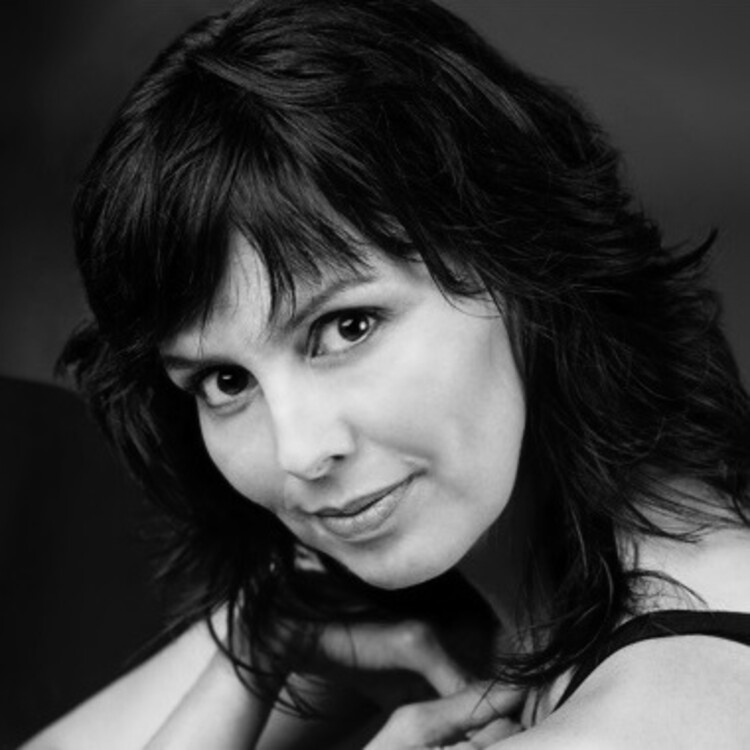
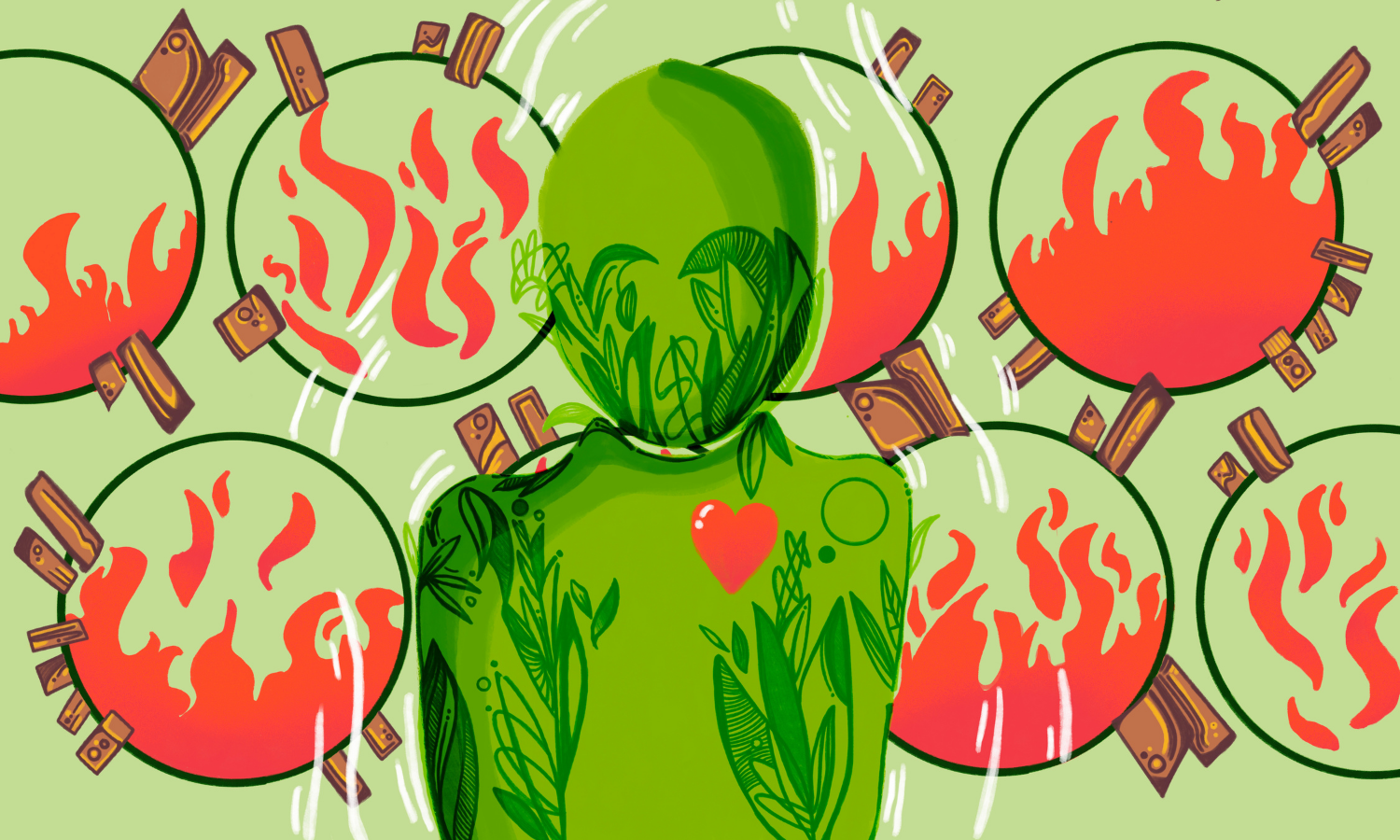

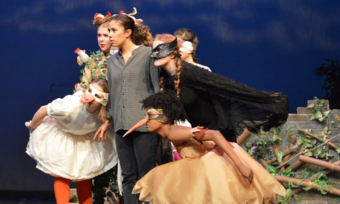


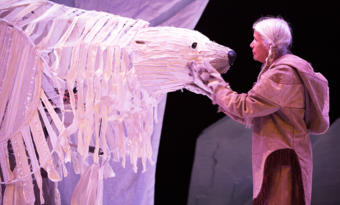

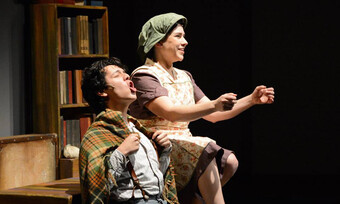

Comments
The article is just the start of the conversation—we want to know what you think about this subject, too! HowlRound is a space for knowledge-sharing, and we welcome spirited, thoughtful, and on-topic dialogue. Find our full comments policy here